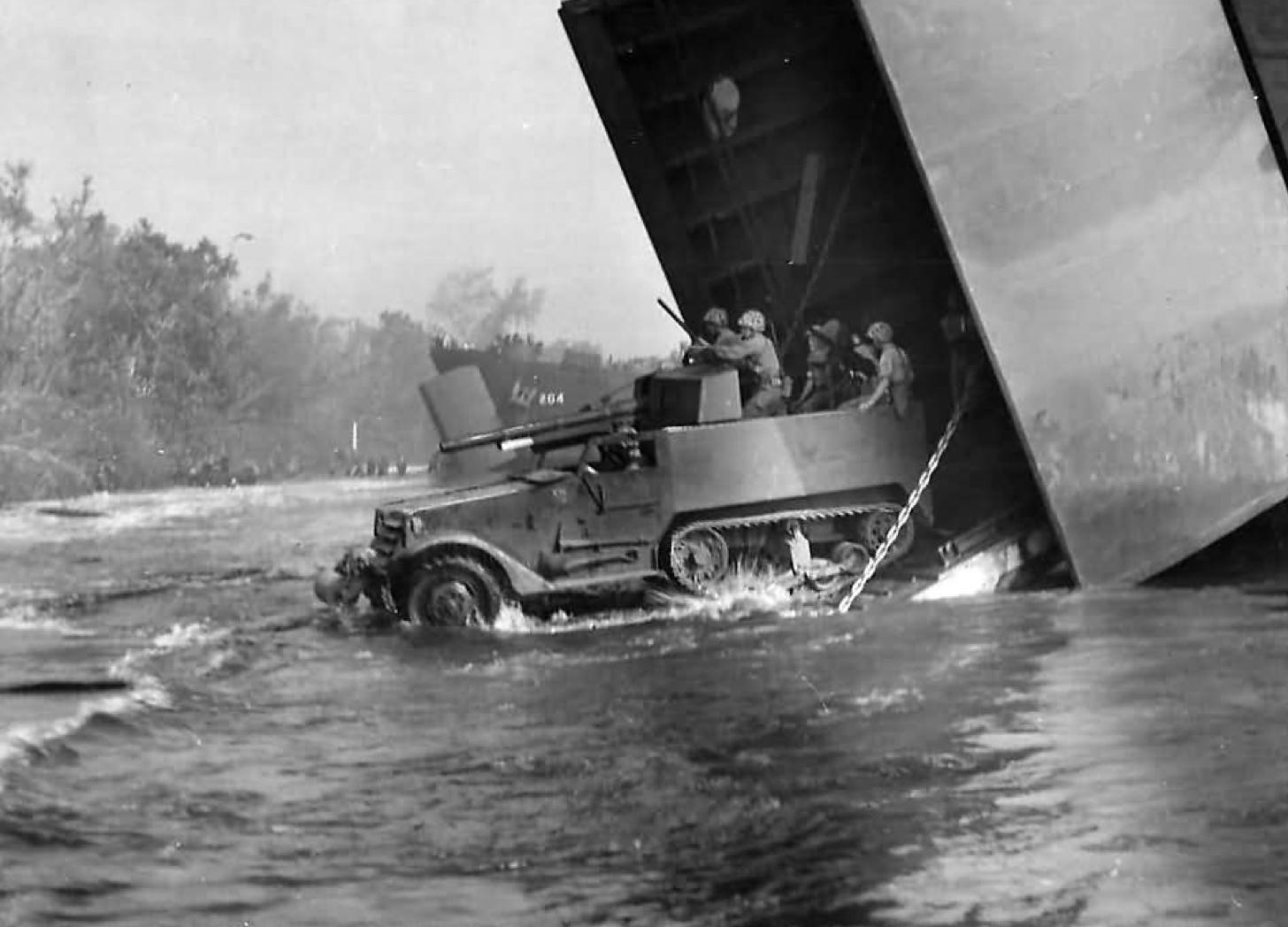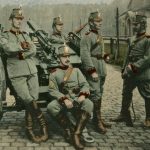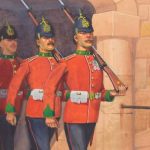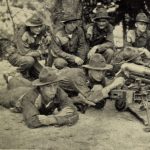In 1928, Ludwig von Cochenhausen wrote a book in which he described, among many other types of units and formations, an ideal infantry regiment. Like the twenty-one infantry regiments of the German Army in which was serving, this imaginary unit consisted of three infantry battalions, a company armed with Minenwerfer, and a column of horse-drawn supply vehicles. In addition to these elements, he argued, an up-to-date infantry regiment ought to have a company armed with anti-tank guns and a robust communications platoon.1

In 1935, in the course of the grand expansion that followed the repudiation of the military restrictions of the Treaty of Versailles, the German Army adopted the type of infantry regiment that Colonel von Cochenhausen had proposed seven years earlier. Soon thereafter, however, the German authorities began to replace the Minenwerfer of the thirteenth company of each regiment with infantry guns [Infanterie Geschütze]. Thus, by the start of the Second World War, the standard German infantry regiment consisted of a headquarters (with a substantial communications platoon), three infantry battalions, a supply column, an anti-tank company, and a company armed with infantry guns.2

On 1 April 1942, the US Army adopted tables of organization that called for infantry regiments that looked a lot like their German counterparts. One big difference between the two regiments concerned their ‘infantry artillery’. Where the ‘infantry gun company’ of the German regiment used short-barreled pieces towed by teams of horses, the ‘cannon company’ of the American regiment employed guns and howitzers mounted on half-track vehicles. In keeping with the theme of motorization, the ‘service company’ of the American regiment replaced the horse-drawn wagons of the German ‘light infantry column’ [leichte Infanterie-Kolonne] with trucks.3

The infantry regiments of the United States Marine Corps differed from both of the aforementioned structures in two important ways. First, the Marine infantry regiment received little in the way of motor transport (and no horse-drawn vehicles at all). Thus, there was no need for a separate service company (or light infantry column). Second, instead of separate anti-tank and infantry gun companies, the Marine infantry regiments got a single multi-purpose ‘weapons company’.

The original design for the weapons company of the Marine infantry regiment called for an outfit that employed twelve 20mm anti-tank/anti-aircraft guns and two towed 75mm field guns. However, as the dual-purpose 20mm pieces failed to appear, the Marine Corps replaced them with an equal number of 37mm anti-tank guns.
In July of 1942, the Marine Corps replaced the towed field guns with ordnance of the same type that had been mounted on half-track vehicles. In January of 1944, the Marine Corps added two additional self-propelled 75mm guns to each of the weapons companies of its standard infantry regiments.
For Further Reading:
To Share, Subscribe, or Support:
1
Ludwig von Cochenhausen Die Truppenführung, Ein Handbuch für den Truppenführer und seine Gehilfen [Combined Arms: A Handbook for the Commanders of Formations and their Assistants] (Berlin: E.S. Mittler & Sohn, 1928)
2
For more on the evolution of the infantry regiments of the German Army in the 1930s, see the graphical tables produced for the Army High Command (and its predecessors.) The tables for 1935, 1936, and 1939 can be found on the website German Documents in Russia.
3
For a detailed look at a ‘light infantry column’ of a German infantry regiment of the late 1930s, see KStN 201 (5.10.1937) on the website World War II Day-by-Day. (The site offers no direct links to particular pages. However, you can find this table of organization by finding Kriegstärknachweise on the navigation bar on the top of the home page and, once there, clicking the rectangle marked Infanterie 100-299. Doing this will take you to a list of links to particular establishments.)





